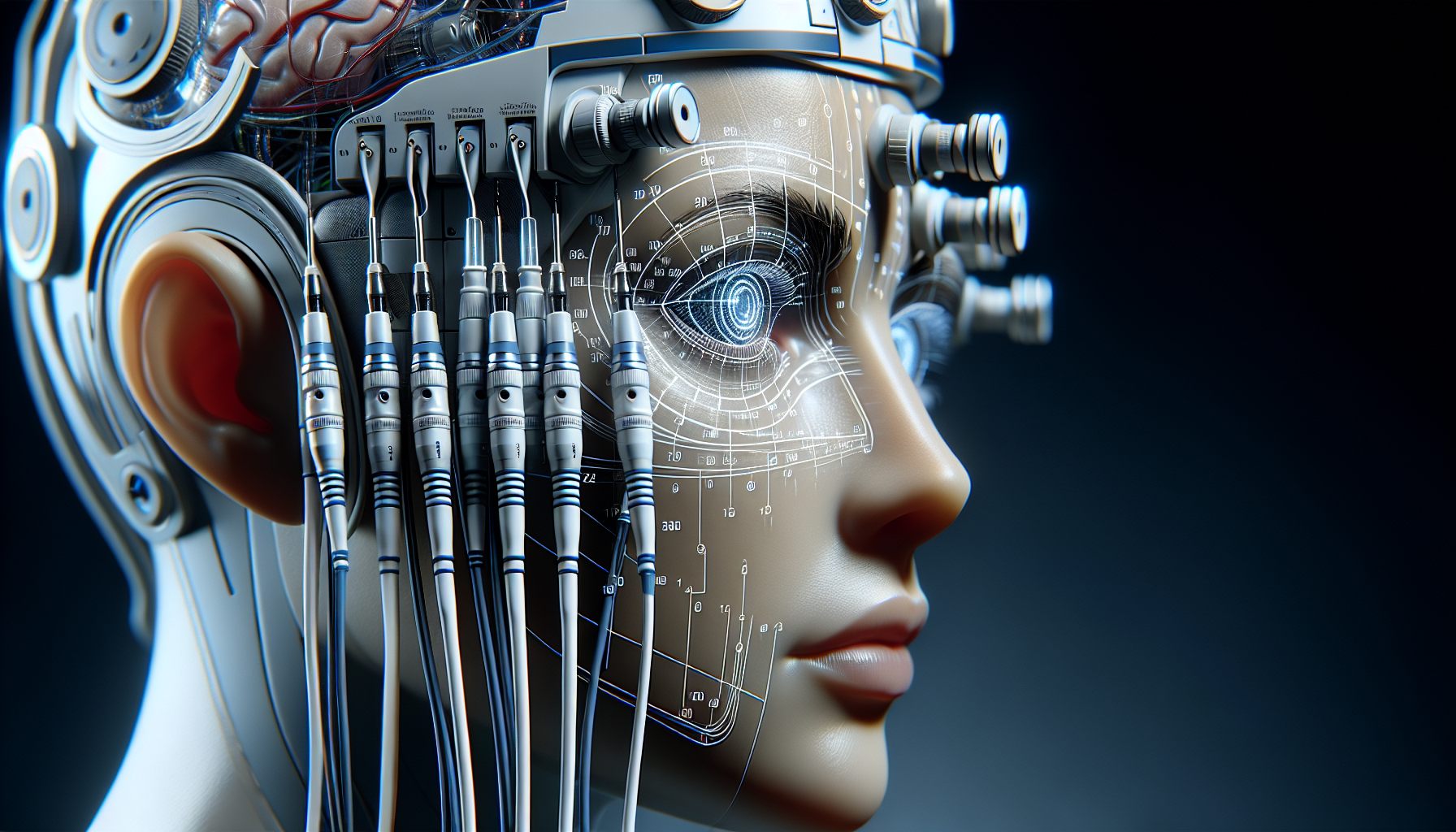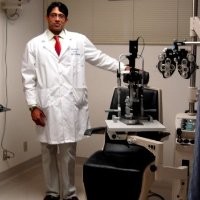With the global surge in eye diseases, primarily driven by an ageing population and increased exposure to digital screens, it is crucial to enhance our diagnostic capabilities to detect and monitor eye disorders early. This is particularly pertinent given the rising adoption of technologies such as augmented and virtual reality, which might further escalate screen time.
Amongst the array of diagnostic tools available to ophthalmologists, electroretinography (ERG) remains underutilized. ERG is a non-invasive technique that records the electrical responses of various cell types within the retina, providing valuable insights into the eye’s health. It is particularly effective in detecting abnormal signals indicative of several eye diseases like glaucoma, retinitis pigmentosa, and diabetic retinopathy.
Despite ERG’s potential, the existing devices that capture ERG signals have their limitations. The majority of these devices require the placement of electrodes on hard contact lenses, making the process complex, expensive and uncomfortable for the patient. In addition, they are incapable of simultaneously recording multiple localized ERG signals from different retinal regions.
To overcome these challenges, a research team led by Professor Takeo Miyake from Waseda University, Japan, embarked on developing a more efficient and comfortable ERG multi-electrode system. Their innovative solution, detailed in a study published in Advanced Materials Technologies in May 2024, leverages a commercially available soft, disposable contact lens.
The researchers submerged the contact lens in a solution containing a monomer called 3,4-ethylenedioxythiophene (EDOT). Then, they affixed carefully designed gold mesh electrodes and their connecting wires to the lens’s inner surface. By passing a current through the EDOT solution, the monomers formed a polymer named PEDOT, which adhered well to the contact lens, securing the gold components.
A critical advantage of this method is the creation of a highly insulating layer on the collecting wire by overoxidizing the PEDOT layer. This is essential to prevent interference of various retinal signals carried by the gold wires. The gold mesh design ensures good electrical contact with the eye, while the PEDOT encapsulating the mesh region is not overoxidized.
The outcome is a flexible, highly transparent multi-electrode system for ERG measurements, as comfortable as standard disposable contact lenses. The team conducted thorough examinations of their multi-electrodes’ optoelectrical properties and tested the device on rabbits. These tests confirmed the device’s biocompatibility and its ability to perform precise spatial measurements of multiple ERG signals simultaneously.
The breakthrough findings of this study can significantly improve our understanding and diagnosis of ocular diseases. As Professor Miyake notes, the rapid growth in the use of augmented and virtual reality devices necessitates precise and continuous monitoring of eye conditions. The developed smart contact lens could be linked to a local network, allowing real-time transmission of the eye’s health status to an ophthalmologist or healthcare specialist. This could potentially prevent irreparable eye damage, ensuring better eye health for all.


Comments are closed for this post.